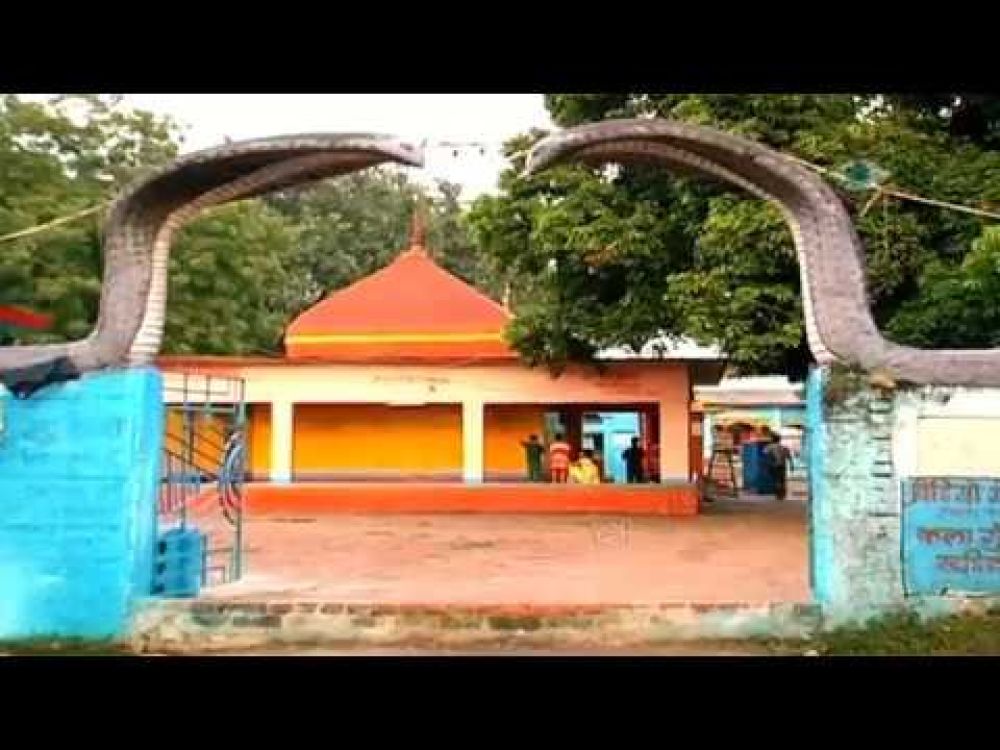

Uchaitha in Madhubani, Bihar, is steeped in historical and cultural significance, primarily owing to its association with the ancient mythological tales of the Mahabharata and its rich tradition of Mithila art. This small but significant destination is located in the heart of the Mithila region, which is known for its Madhubani paintings and deep-rooted cultural heritage.
Uchaitha holds a historical importance as it is believed to be the site of the ashram of the revered sage Valmiki, who is said to have composed the epic Ramayana. It is also suggested that Sita, the wife of Lord Rama, took refuge here after being exiled from Ayodhya. The region is thus a confluence of both historical and mythological narratives that continue to attract visitors and pilgrims.
For many years, tourism in Uchaitha was largely driven by pilgrimages and those interested in the spiritual and mythological history of India. However, as the world began to appreciate the uniqueness of local art forms, Madhubani paintings – characterized by eye-catching geometrical patterns – brought a new wave of cultural tourism to the region. This has led to an increased awareness and appreciation for the area's history and artistic significance.
The traditional Madhubani art or Mithila painting, which has its origins in the Mithila region, has become a unique selling point for the area. Tourists from various parts of the world now come to experience the art form firsthand, often participating in workshops conducted by local artists. This has not only boosted tourism but also helped in empowering local artists and preserving the art form for future generations.
In recent years, there has been a focus on community-based tourism, which allows visitors to engage directly with local communities. This includes home-stays, interactive art and craft sessions, and local cuisine experiences. Such initiatives not only provide a more immersive experience for tourists but also contribute to the local economy.
While tourism has the potential to significantly contribute to the region’s development, it faces challenges such as the need for better infrastructure, improved transportation links, and professional marketing strategies. Addressing these challenges could unlock Uchaitha's full potential as a tourist destination and as a cultural hub within Bihar and across India.
The future of tourism in Uchaitha seems promising with efforts from both the government and private sector. Plans to further promote the heritage and art of the region, along with the upgrade of facilities, could make this hidden gem a prominent spot on India's cultural tourism map.
With the right mix of preservation, promotion, and tourist-friendly initiatives, Uchaitha in Madhubani can become an exemplar of how rural and cultural tourism can pave the way for sustainable development and cross-cultural exchange.